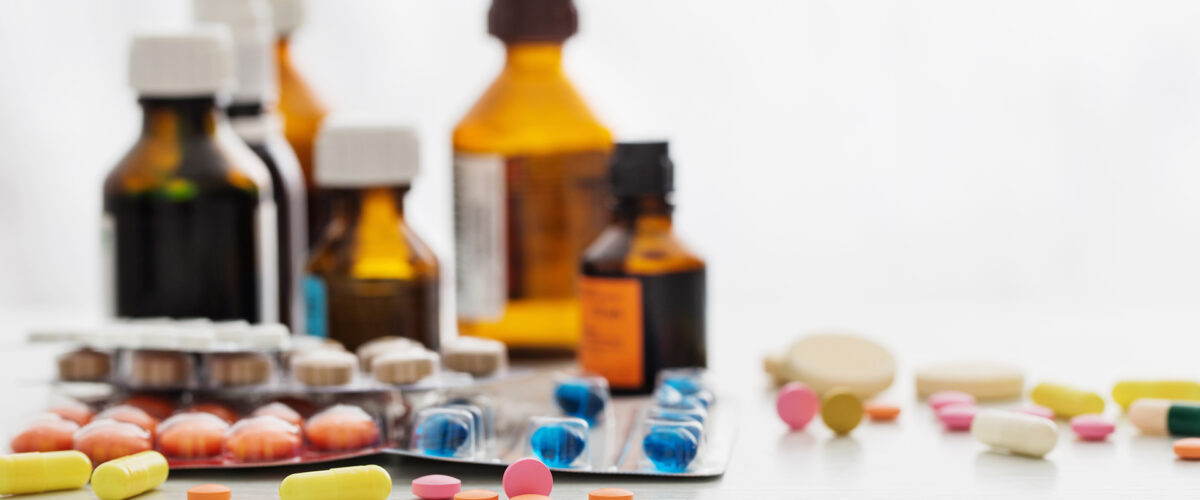Article | 2 November 2016
New rules for safety features on packaging

From 9 February 2019 new rules apply that demand a unique safety feature for medicinal products for human use and an anti-tampering device that shows if the package has been opened. The rules affect all stakeholders in the supply chain, such as pharmaceutical companies, wholesalers and pharmacies. Implementation activities have been initiated.
The Falsified Medicines Directive
The Falsified Medicines Directive (Directive 2011/62/EU) amends Directive 2001/83/EC to safeguard public health by protecting the pharmaceutical supply chain from infiltration by falsified, or counterfeit, medicines. The Directive introduces tougher rules to improve the protection of public health with new harmonised, pan-European measures to ensure that medicines are safe and that the trade in medicines is rigorously controlled. The main provisions of the Falsified Medicines Directive are:
- Obligatory safety features on the outer packaging of the medicines, to be detailed via a delegated act;
- Tougher rules on the controls and inspections of producers of active pharmaceutical ingredients;
- Controls on the wholesale distribution of medicines, including entities involved in brokering medicines;
- An EU-wide logo to identify legal online pharmacies.
The falsified medicines legislative proposal was adopted by the Council and European Parliament in June 2011. Member States were obliged to transpose Directive 2011/62/EU into national legislation by 2 January 2013.
Unique identifier and anti-tampering device
Directive 2011/62/EU introduces obligatory “safety features” – a unique identifier and an anti-tampering device – to enable verification of the authenticity of medicinal products subject to prescription and some designated nonprescription medicinal products, and to protect patients and business alike from the risks of falsified medicines. The Directive places the Commission under an obligation to adopt a delegated act setting out the details of the safety features, including how medicines should be verified and by whom.
The Commission Delegated Regulation (EU) 2016/161 with rules for the safety features on the packaging of medicinal products for human use has now been adopted and was published in the Official Journal of the European Union on 9 February 2016. It will apply in Sweden from 9 February 2019 (three years after its publication).
The safety features consist of two elements on the packaging of a medicinal product:
- a unique identifier – a unique sequence on a two-dimensional barcode allowing the identification and authentication of the individual pack on which it is printed;
- a device allowing verification to be made of whether the packaging of the medicinal product has been tampered with (anti-tampering device).
Are there exceptions from the requirements for certain medicinal products to include the safety features? Yes, medicinal products subject to prescription shall include the safety features unless they are listed in Annex I of Regulation (EU) No 2016/161, while medicinal products not subject to prescription shall not include the safety features unless listed in Annex II of the same Regulation.
Neither removed nor covered
The safety features shall not be removed or covered, either fully or partially, unless the following conditions are fulfilled:
a) the manufacturing authorisation holder verifies, prior to partly or fully removing or covering those safety features, that the medicinal product concerned is authentic and that it has not been tampered with;
b) the manufacturing authorisation holder replaces those safety features with features which are equivalent as regards the possibility of verifying the authenticity of, identifying and providing evidence of tampering with the medicinal product.
Safety features shall be considered equivalent if they:
a) comply with the requirements set out in the delegated acts;
b) are equally effective in enabling the verification of authenticity and identification of medicinal products and in providing evidence of tampering with medicinal products;
c) the replacement of the safety features is conducted in accordance with applicable good manufacturing practice for medicinal products;
d) the replacement of the safety features is subject to supervision by the competent authority.
These rules are highly relevant for parallel importers that are manufacturers in this respect.
Medicine authenticity
The Regulation also details how medicine authenticity should be verified and by whom. Medicine authenticity is guaranteed by an end-to-end verification system. This will be supplemented by risk-based verifications by wholesalers. Medicines are systematically verified at the point of supply to the public (e.g. at the pharmacy). Those considered to have a higher risk of falsification (for example, returned medicines or medicines not being distributed directly by manufacturers) should additionally be checked at wholesaler level. The authenticity is ensured by checking the unique identifier on each pack against a pool of legitimate unique identifiers stored in a repositories system. This will be set up and managed by stakeholders under the supervision of national competent authorities.
Implementation of the system will require work and entail costs. However, it is expected to prevent not only falsified medicines being dispensed but also other errors, such as the accidental dispensing of expired or recalled medicines. In addition, the European supply chain will be digitalised, with a repositories system connecting manufacturers, wholesalers, pharmacists and hospitals. This will improve information flows and also facilitate medicine recall procedures.
We will follow developments closely.


